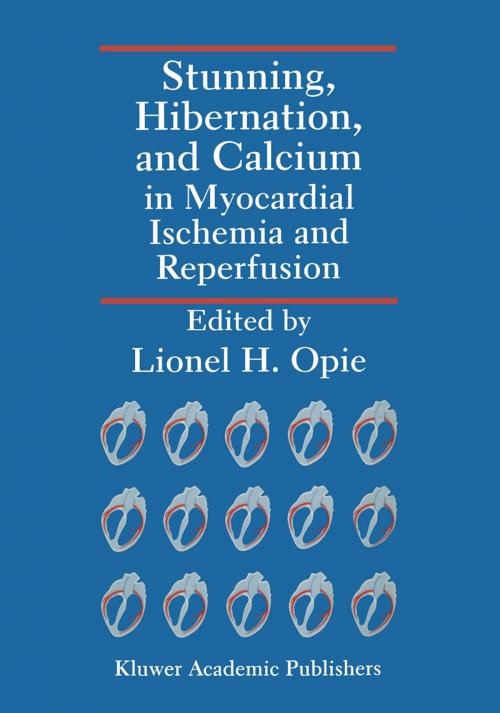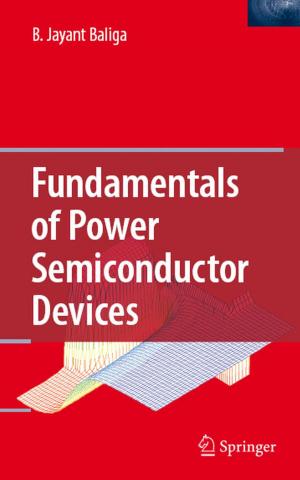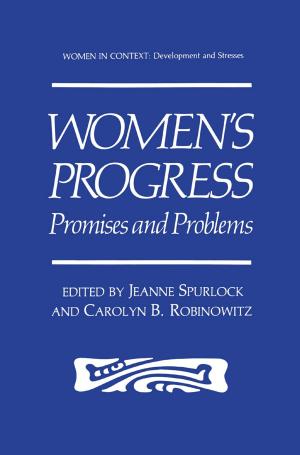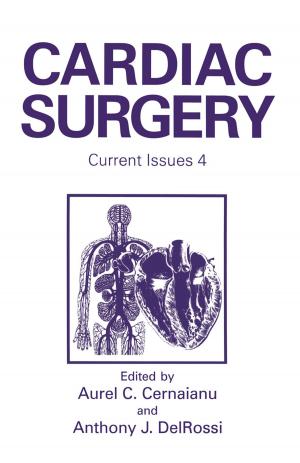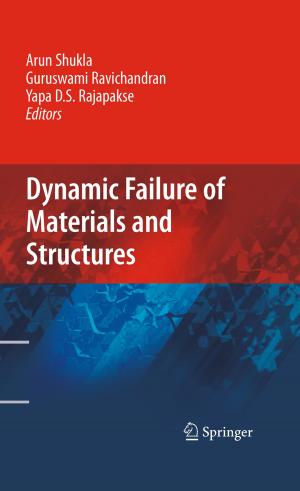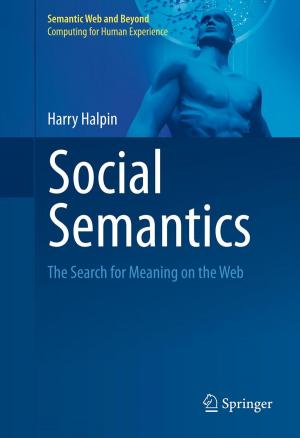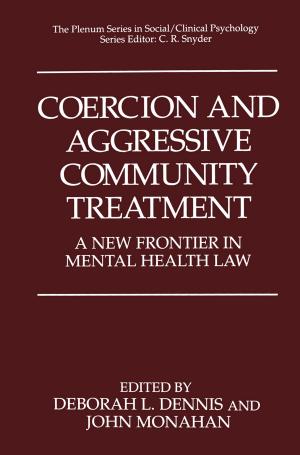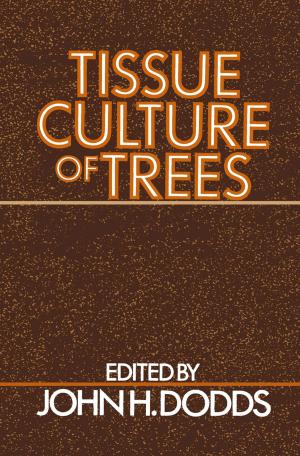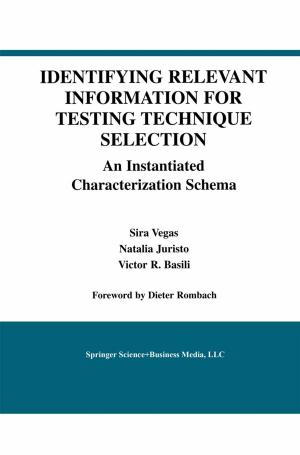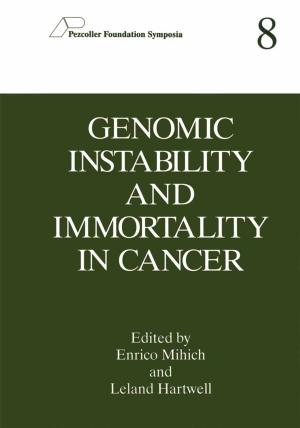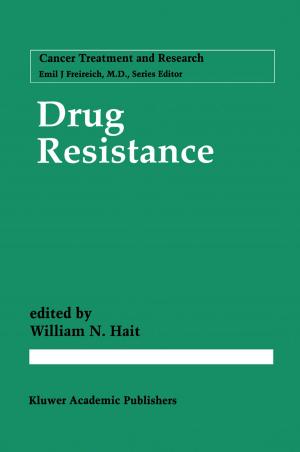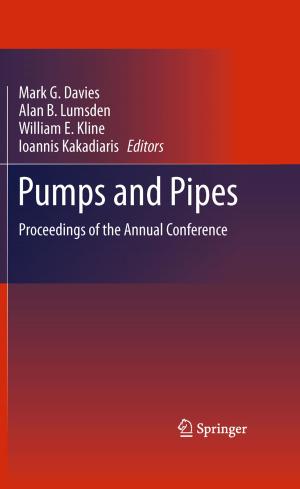Stunning, Hibernation, and Calcium in Myocardial Ischemia and Reperfusion
Nonfiction, Health & Well Being, Medical, Specialties, Internal Medicine, Cardiology| Author: | ISBN: | 9781461315179 | |
| Publisher: | Springer US | Publication: | December 6, 2012 |
| Imprint: | Springer | Language: | English |
| Author: | |
| ISBN: | 9781461315179 |
| Publisher: | Springer US |
| Publication: | December 6, 2012 |
| Imprint: | Springer |
| Language: | English |
Stunning is potentially an important complication of myocardial reperfusion. In contrast, hibernation is an important complication of myocardial ischemia. This book presents different viewpoints on these subjects, taken from a series of peer-reviewed articles which first appeared in Cardiovascular Drugs and Therapy, and now in this book. In addition, a certain number of articles were directly invited for the book.
The introductory article is by Eugene Braunwald, who with Kloner introduced the term myocardial stunning in 1982. The experimental phenomenon had first been described by Heyndrickx et al. This important concept of stunning is examined from a number of points of view in a series of articles which clarify the experimental causes and the clinical implications. The section on hibernation is introduced by Tubau and Rahimtoola, the latter having first propounded the concept in 1989.
The difference between stunning and hibernation is that stunning is essentially a post-ischemic dysfunction of the myocardium, temporary in nature, occurring at a time when coronary blood flow is apparently normal or supranormal. Hibernation, on the other hand, is a condition of reduced contractile activity, the direct result of chronic ischemia and hence a sign of a tolerable reduction in blood flow. Possibly the reduction in contractile activity of the hibernating heart balances the reduction in the oxygen availability (the `smart heart' of Rahimtoola). This non-contractile heart is hibernating, awaiting the return of summer after winter, and willing to contract normally again whenever warm coronary blood is restored.
It is certain that the concepts of stunning and hibernation are here to stay, that they have or will have clinical relevance, and that the search for the most appropriate diagnosis and therapy for each condition is now under way. Hence, a greater understanding of the experimental work which underlies these two conditions is highly appropriate.
Stunning is potentially an important complication of myocardial reperfusion. In contrast, hibernation is an important complication of myocardial ischemia. This book presents different viewpoints on these subjects, taken from a series of peer-reviewed articles which first appeared in Cardiovascular Drugs and Therapy, and now in this book. In addition, a certain number of articles were directly invited for the book.
The introductory article is by Eugene Braunwald, who with Kloner introduced the term myocardial stunning in 1982. The experimental phenomenon had first been described by Heyndrickx et al. This important concept of stunning is examined from a number of points of view in a series of articles which clarify the experimental causes and the clinical implications. The section on hibernation is introduced by Tubau and Rahimtoola, the latter having first propounded the concept in 1989.
The difference between stunning and hibernation is that stunning is essentially a post-ischemic dysfunction of the myocardium, temporary in nature, occurring at a time when coronary blood flow is apparently normal or supranormal. Hibernation, on the other hand, is a condition of reduced contractile activity, the direct result of chronic ischemia and hence a sign of a tolerable reduction in blood flow. Possibly the reduction in contractile activity of the hibernating heart balances the reduction in the oxygen availability (the `smart heart' of Rahimtoola). This non-contractile heart is hibernating, awaiting the return of summer after winter, and willing to contract normally again whenever warm coronary blood is restored.
It is certain that the concepts of stunning and hibernation are here to stay, that they have or will have clinical relevance, and that the search for the most appropriate diagnosis and therapy for each condition is now under way. Hence, a greater understanding of the experimental work which underlies these two conditions is highly appropriate.
